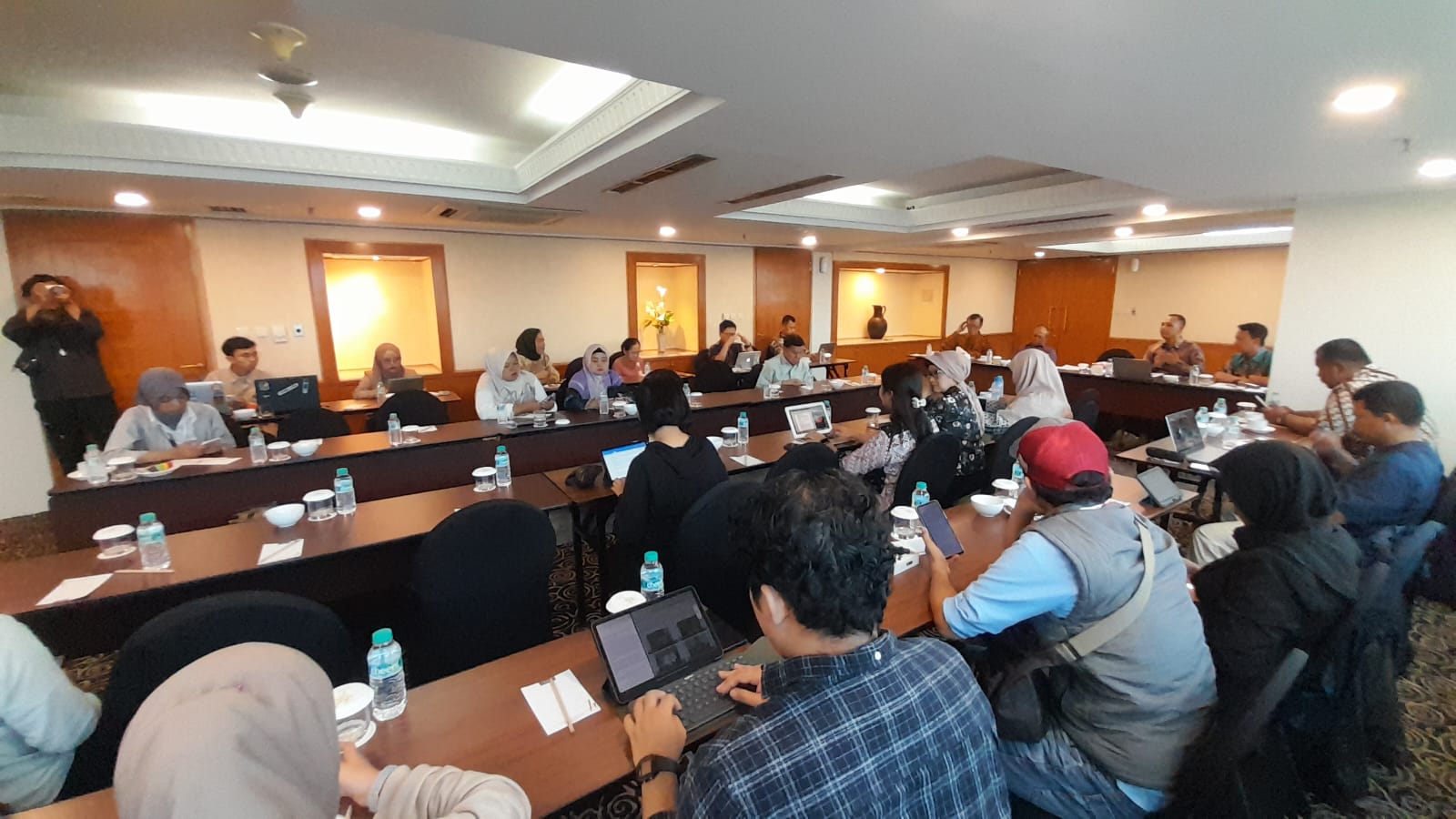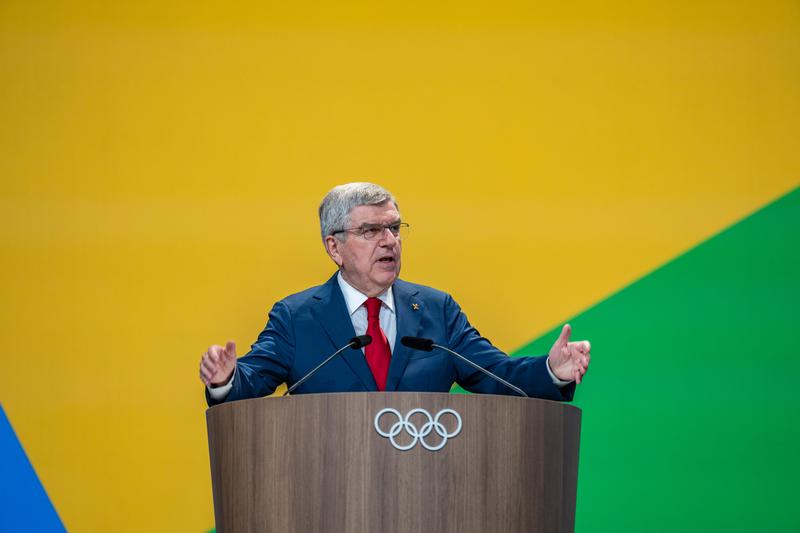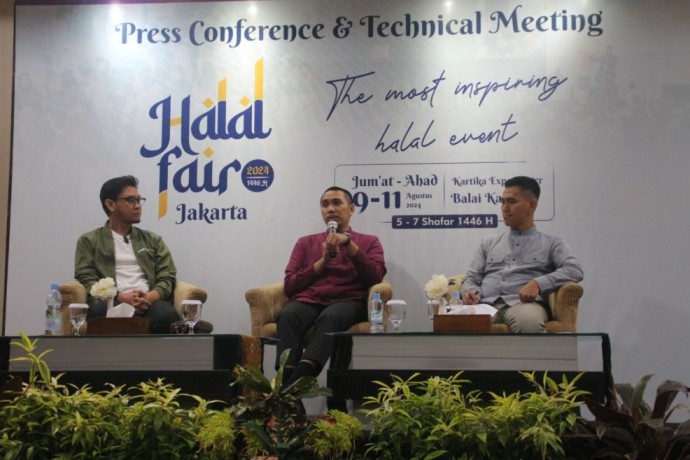News Focus – Cigarette consumption trend in Indonesia increases, requiring regulations to control

Total cigarette production in 2005 was recorded at around 235 billion cigarettes, and the number increased to 279.4 billion cigarettes in 2011. In 2022 this figure jumped to 323.9 billion cigarettes.
Bogor, W Java (Indonesia Window) – The trend of cigarette consumption in Indonesia has increased significantly in the last 20 years as the total cigarette production in 2005 was recorded at around 235 billion cigarettes, and the number increased to 279.4 billion cigarettes in 2011 before it jumped to 323.9 billion cigarettes in 2022.
Data also show that in the last five years, tobacco production in the country increased from 195,350 tons in 2018 to 224,000 tons in 2022, and the number rose to 233,000 tons in 2023.
“This country is already tangled in smoking addiction. The addicts of cigarette, the consumption of which must be suppressed by law, are conversely placed in an honorable position. Addicts of other additive substance are rehabilitated, but cigarette addicts are let them go, praised as the biggest tax contributors,” program director of the Indonesia Institute for Social Development (IISD) Ahmad Fanani said in a discussion on ‘OUTLOOK Indonesian Tobacco Industry 2024’ here on Tuesday (Jan. 30).
“With these complicated conditions, controlling cigarette consumption is not a simple matter,” he stressed, adding that the discussion aimed at opening people’s eyes and at the same time raise the government’s awareness of the urgency of controlling cigarette consumption.
“Regulations mandate that the government control the consumption of cigarettes and other tobacco products. Even the National Medium-term Development Plan specifically provides a prevalence target and recommended strategies to achieve it, including strengthening regulations, enlarging pictorial health warnings, and a total ban on cigarette advertising. However, these have not been realized to date,” Ahmad explained.
He further criticized that so far the government has barely relied on fiscal policy, which according to him is not sufficiently effective.
“Cigarettes are an opium product, and it is not easy for smokers to quit. Raising cigarette prices is not enough, if you continue to allow advertisements to show everywhere,” he said.
In his presentation, he also underlined the shift in the trend of cigarette consumption to alternative products.
“Apart from the consumption of electronic cigarettes, which the consumption has increased significantly, what has not been widely observed is the trend of ‘Tingwe’ consumption. In the last 2-3 years, Tingwe consumption has increased sharply. The increase in excise duty on cigarette manufacturers, and the pandemic have pushed the lower-middle class to look for alternative products that are more affordable. We can now easily find tobacco shops by the roads,” Ahmad said.
‘Tingwe’ comes from a Javanese term meaning self-hand-rolled cigarettes.
“In the past, Tingwe was closely associated with older smokers. Nowadays, many young people also consume it. Some people even romanticize this product as anti-mainstream, cultural heritage, etc.,” he concluded.
Meanwhile, IISD’s advisor Dr. Sudibyo Markus said that cigarette industries, from production to consumption, were ‘influenced’ to hide nicotine as a dangerous substance that threatens health and life.
“Nicotine is a very dangerous substance. Not only they (the cigarette industries) formally deny (the existence of nicotine), but go out of their way to lie people about the existence of dangerous nicotine,” Sudibyo noted.
Cigarettes, which consist of nicotine, tar and carcinogenic substances, which damage health and life, have spread to children, taking away their rights to life, to grow and develop.
He emphasized that tobacco control in Indonesia requires holistic and comprehensive interventions from upstream to downstream sides.
Reporting by Indonesia Window










